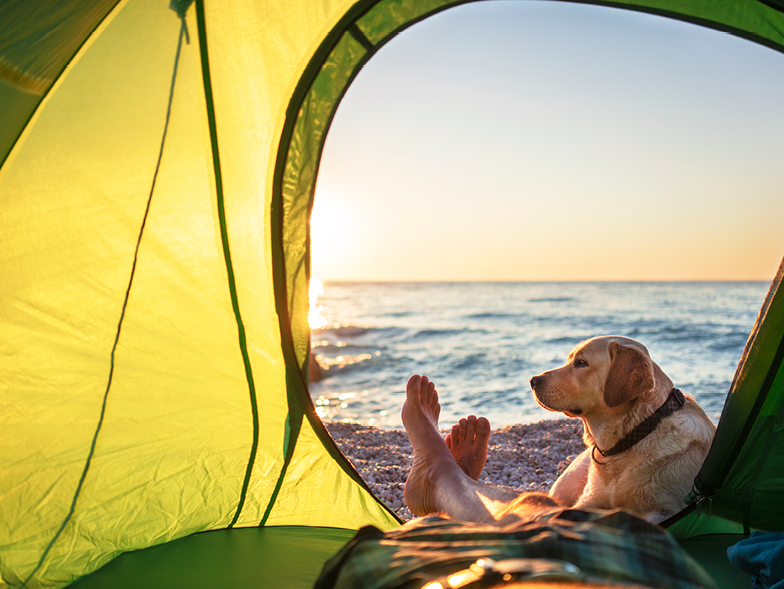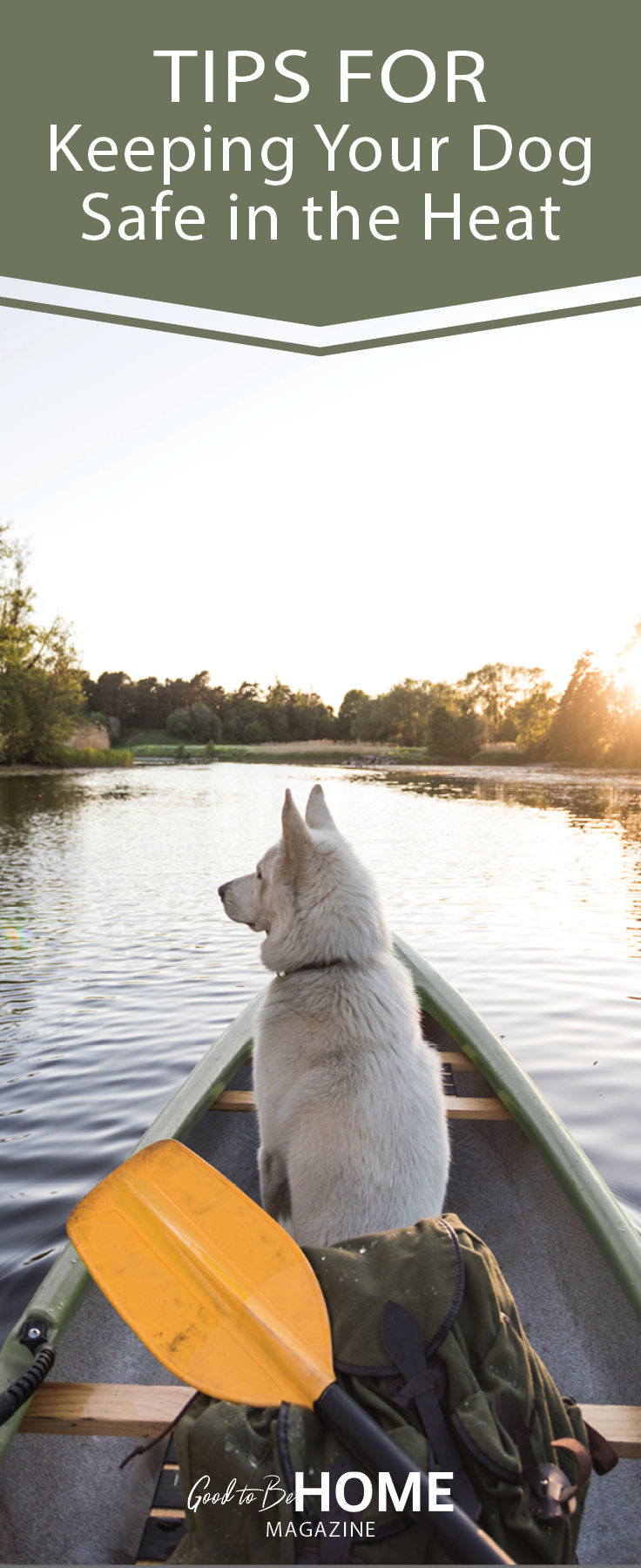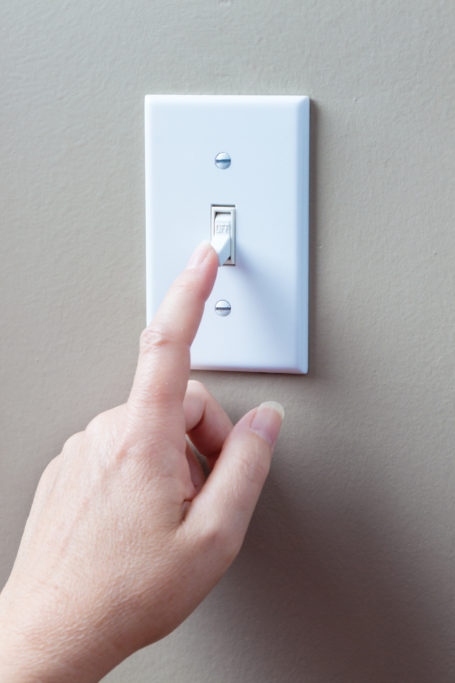Tips for Keeping Your Dog Safe in the Heat
As the weather heats up, it’s important to pay attention to the safety and comfort of your pet. Whether you are planning a trip to the beach or dog park, or playing in the backyard with your pup, adhering to safety guidelines will help keep your dog healthy and happy this summer.

Never leave your dog in a parked vehicle
The inside of your car can easily be twenty degrees hotter than the outside air temperature. If it’s seventy degrees outside, your car can heat up to ninety degrees, eighty-five can jump to 102 degrees, and within thirty minutes, your car can quickly spike to 120 degrees. If you need run an errand, leave your at dog home or bring them inside to wherever you are going. Note: Some states have rescue laws that prohibit leaving your pet alone in the car even if the windows are down. You can face monetary fines or even criminal charges.
Watch out for heat stroke
Heat stroke can be very serious or even fatal for animals. Heat stroke happens when your dog loses their ability to cool themselves down. Since they do not sweat, panting is their only way of reducing their body temperature. However, flat-faced dog breeds such as pugs, boxers, and bulldogs, are more susceptible to heat stroke as they are unable to pant effectively. Dogs who are overweight, have short muzzles, have thick or dark-colored coats, and are very young or old, are also more at risk for overheating. A normal body temperature for dog ranges from 101 to 102.5 degrees. If your dog’s body temperature exceeds 105 degrees, you will want to look out for the following signs of heat stroke.
- heavy panting, difficulty breathing, rapid heart rate
- excessive salivation
- incontinence, urinating blood
- vomiting, diarrhea
- collapses, seizures, loss of consciousness
- red, darkened gums or tongue
- glassy-eyed
- unusually quiet and not wanting to or unable to get up

When heat stroke progresses, your dog may start to experience severe weakness, an unsteady gait, muscle tremors, and/or blood in their mouth or stool. If their body temperature continues to rise, you should seek out immediate attention from your vet. Though, most times your pet can recover from heat stroke, if not treated quickly, it can result in brain, kidney, or other organ damage.
If you have established that your dog is experiencing heat stroke, your first line of treatment is to get them into a shady, cool place. If they are alert, offer small amounts of room temperature water (avoid ice water as this can be dangerous) every few minutes but do not force it. Also, placing a wet towel underneath them will help start the cooling process; avoid putting ice directly on their skin or on their underside. Be sure to track your pet’s temperature (a standard rectal thermometer will do). Once their temperature has dropped below 104 degrees, stop the cooling process, and take your dog to the vet as quickly as possible.
Protect your dog’s coat and paws
If your pet has a thick coat, consider trimming or shaving their fur to make them more comfortable. Of course, always speak to your veterinarian first to make sure it’s okay for your pet’s breed. Dogs with thin coats or sensitive skin should be protected with sunscreen that are made for dogs. Never use human sunscreen since it’s not safe for them. Regardless of their breed or thickness of their coat, it’s a good idea to apply sunscreen to exposed areas such as their tail, legs, and nose. Sunburn on dogs may result in biting, scratching, or chewing, leading to painful sores or open wounds.
If the sand or asphalt is excessively hot, they could sustain burns on their paw pads. Also, shells and rocks can get caught in between their paws causing them pain. Check the ground or sand temperature by placing the back of your hand flat on the pavement or sand and hold it there for seven seconds. If it’s too hot for you, it will surely be too hot for them. Consider buying dog boots for protection while taking them for a walk or a day at the beach.

Keep your dog safe at the beach
Most dogs love the beach. And why not? New smells, sounds, sights, and open water elicits a sense of excitement and energy. Whether you are at a dog beach where other dogs are playing off leash or at one that allows for leashed dogs, there are many dangers to be aware of.
Here are some safety tips to consider:
- Provide a cool space for your dog to rest and relax after playing in the sun or water, and have a blanket or towel underneath an umbrella or beach tent; this protection can help keep them cool and block their side views from other dogs and people nearby, acting as a distraction to prevent excessive barking or whining.
- Be sure to have an adequate supply of water throughout the day for your pup. Lack of water can lead to dehydration and heat stroke. Bring a collapsible water bowl that’s easy to carry. (Keep the water out of the sun since hot water will not help them to cool down.) Bring some extra treats if your dog is going to be very active; they will be burning extra calories and may get hungry.
- Consider making your beach excursion during the cooler parts of the day, such as the early morning or late afternoon, when temperatures are not as high.
- Eating sand is dangerous for your dog; it can cause a blockage in their intestines resulting in an impaction, which can be quite serious.
- Even if your dog loves the water, steer clear from choppy waters and do not let them drink the salt water.
- If your dog doesn’t swim or enjoy being in the water, consider getting a life vest for extra protection.
- Watch for dangerous marine life, jagged rocks, hooks, broken glass, or any garbage (they may try to eat this) on the beach and shoreline.
- When you leave the beach, wash your dog’s fur to prevent their coat from becoming a matted mess, and rinse their eyes with fresh water to avoid sand getting in them.
Not everyone is a dog lover, and some people may even be fearful of your dog, so it’s important to practice proper beach etiquette. First and foremost, check the rules of your local beach or dog park; each locality has its own guidelines. Be sure to pick up their stool, keep them on the required leash length (typically six feet), and always keep them control with basic obedience behaviors. Note: Many dog beaches and parks require that your pet’s vaccinations are up to date and that they have been tested for and are free of heartworms, fleas, and ticks. If you have a puppy under six months, check with your vet first before taking them for their first beach outing.
Summer is a great time of year to enjoy the outdoors with your pet. Taking the extra precautions to ensure their safety will keep them healthy and happy.


















